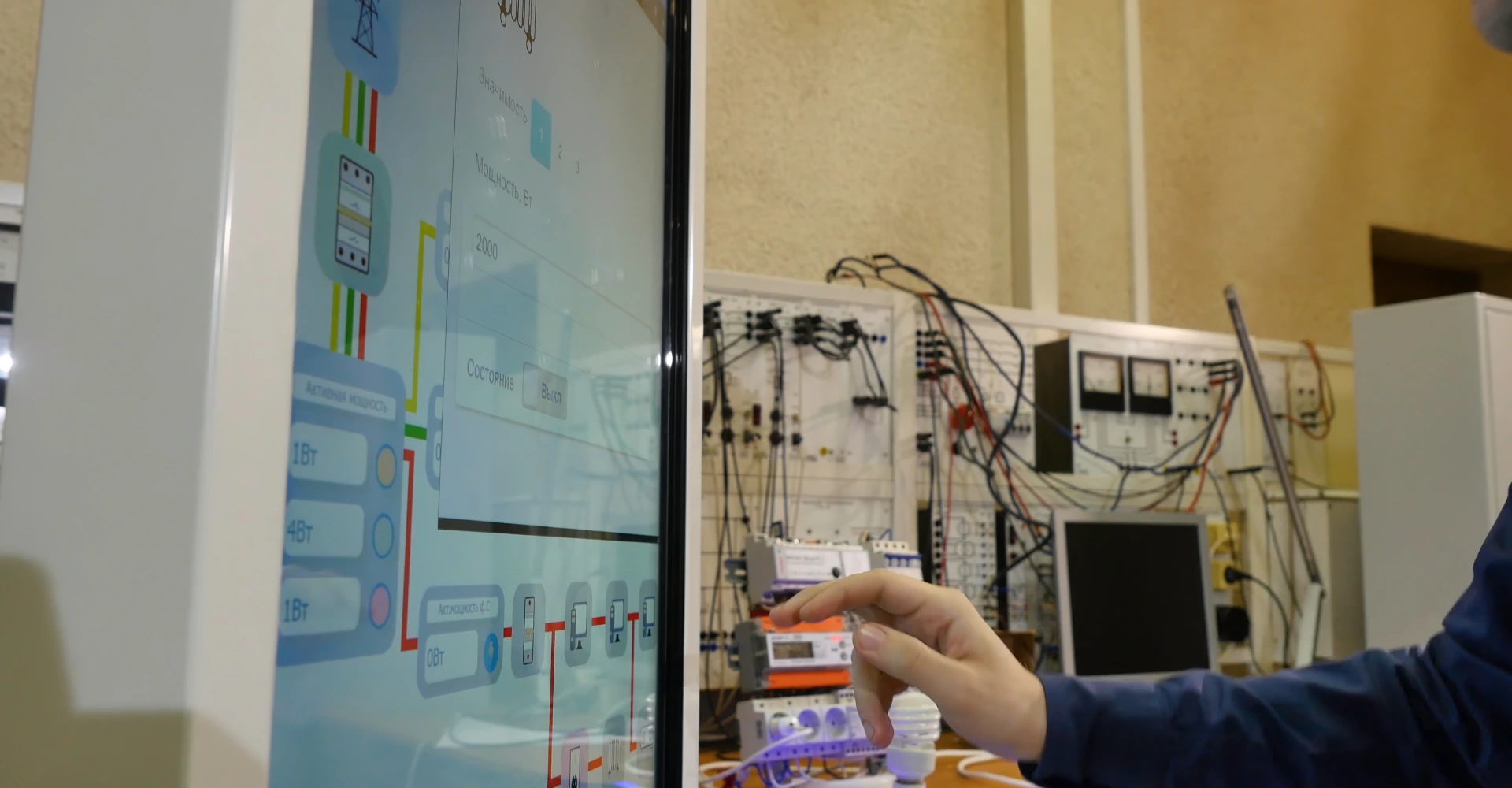Blogs
Industry Insights

Digital Twin Technologies: Revolutionizing Plant Operations with 3D Visualization


What Is SCADA? Complete Guide to AVEVA SCADA Software for Industrial Automation


AVEVA SCADA Software in Tamil Nadu: Trusted Partner for Manufacturing Automation
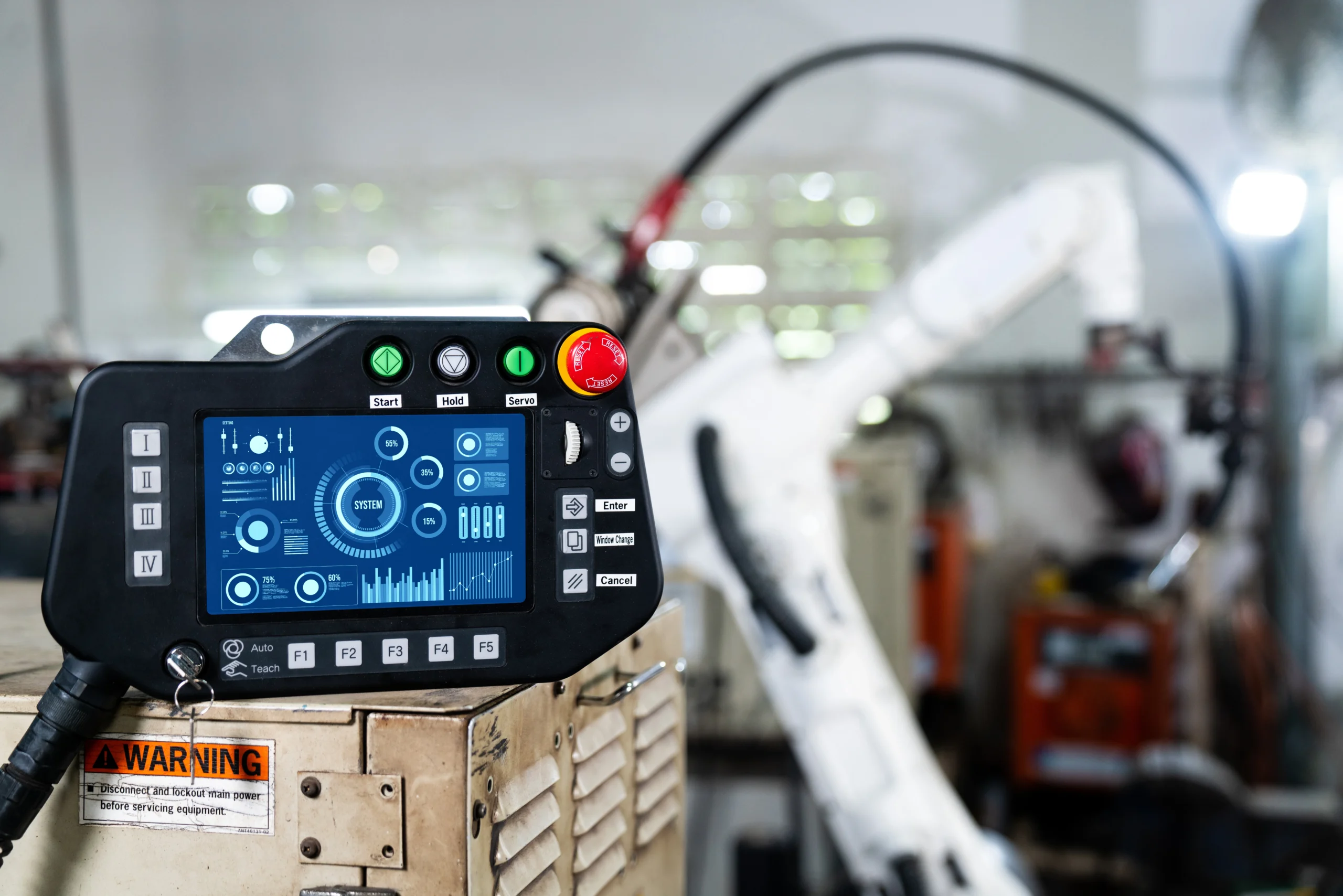

Plant SCADA + Energy Dashboards: The Future of Factory Utilities with Pima & Schneider


AVEVA Solutions Provider in Karnataka: Future-Ready Automation for Plants
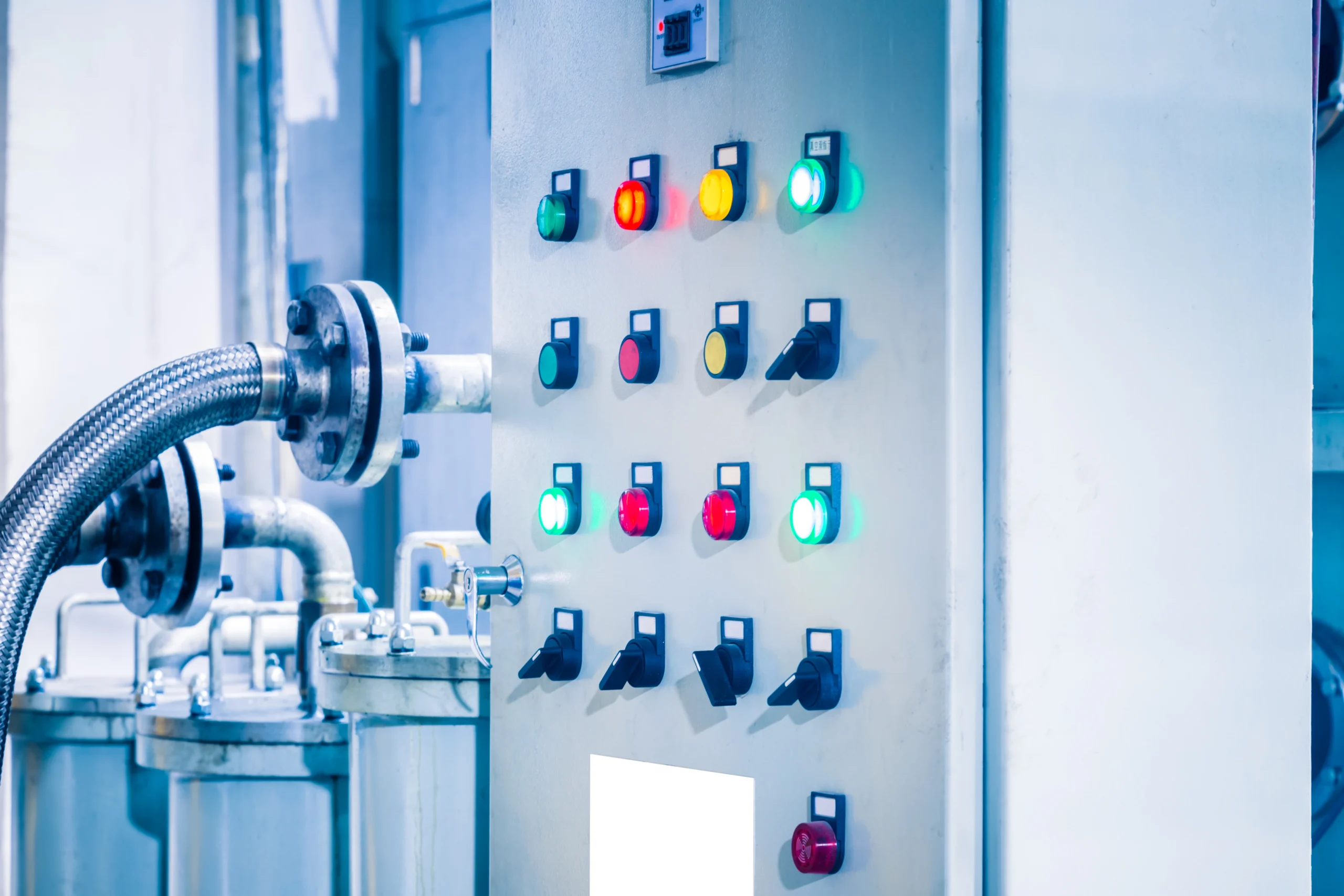

Intelligent Pump Control in Water Applications Using ATV340 & ATV630 Drives


Rockwell Automation Distributors in Gujarat & Rajasthan: Why PIMA Controls is the Trusted Partner for OEMs and End Users


Plant SCADA + Energy Dashboards: The Future of Factory Utilities with Pima & Schneider


Reduce Downtime with Remote Monitoring Using Modicon M580, Harmony iPC & Edge Box


Rockwell Automation Packaging Solutions for FMCG & Pharma
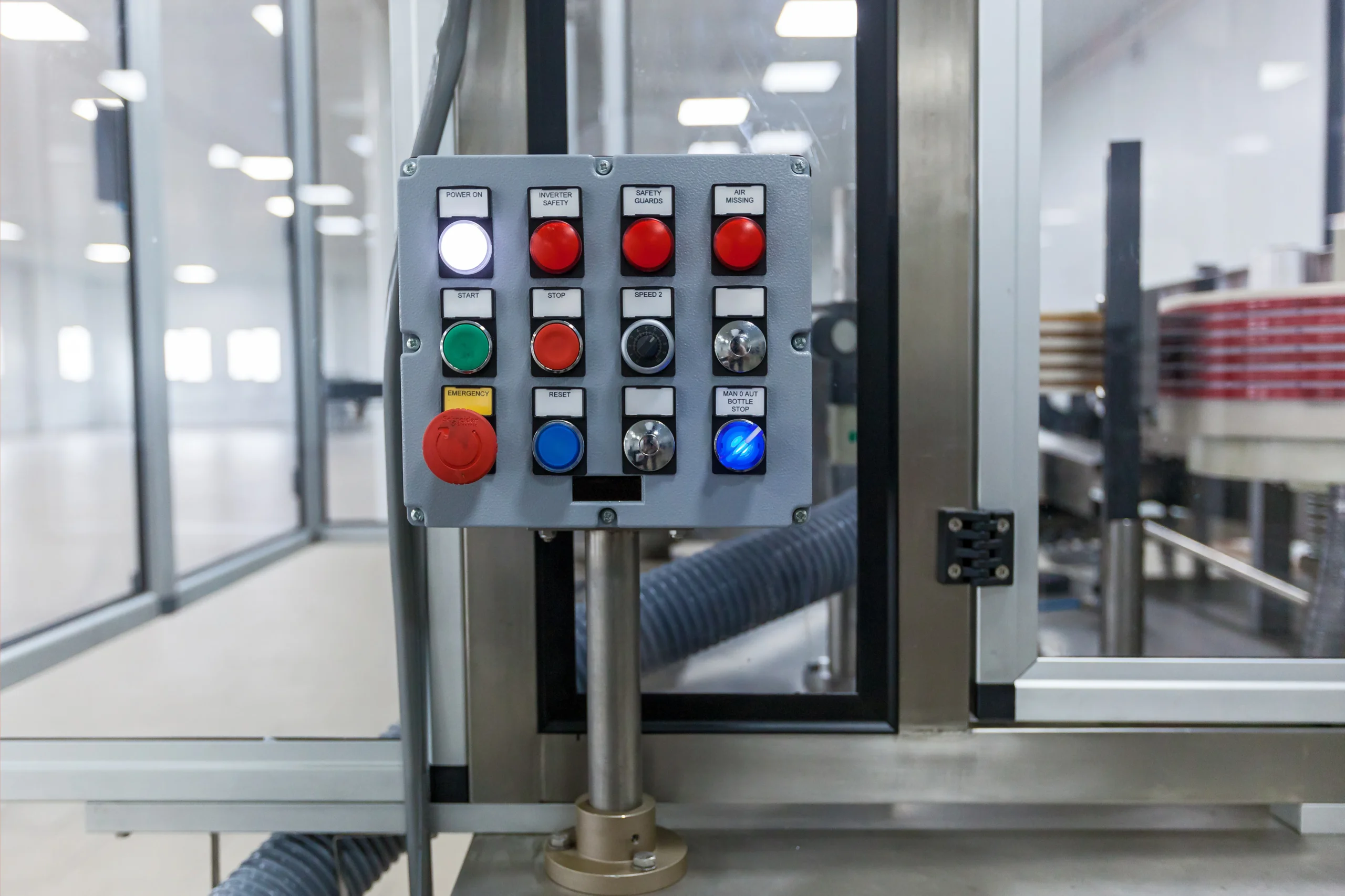

Rockwell Automation GuardLogix®: Machine Safety for Greenfield Projects


Seamless Migration from Legacy PLCs to CompactLogix™ 5380: A Modernization Roadmap for Industrial Plants
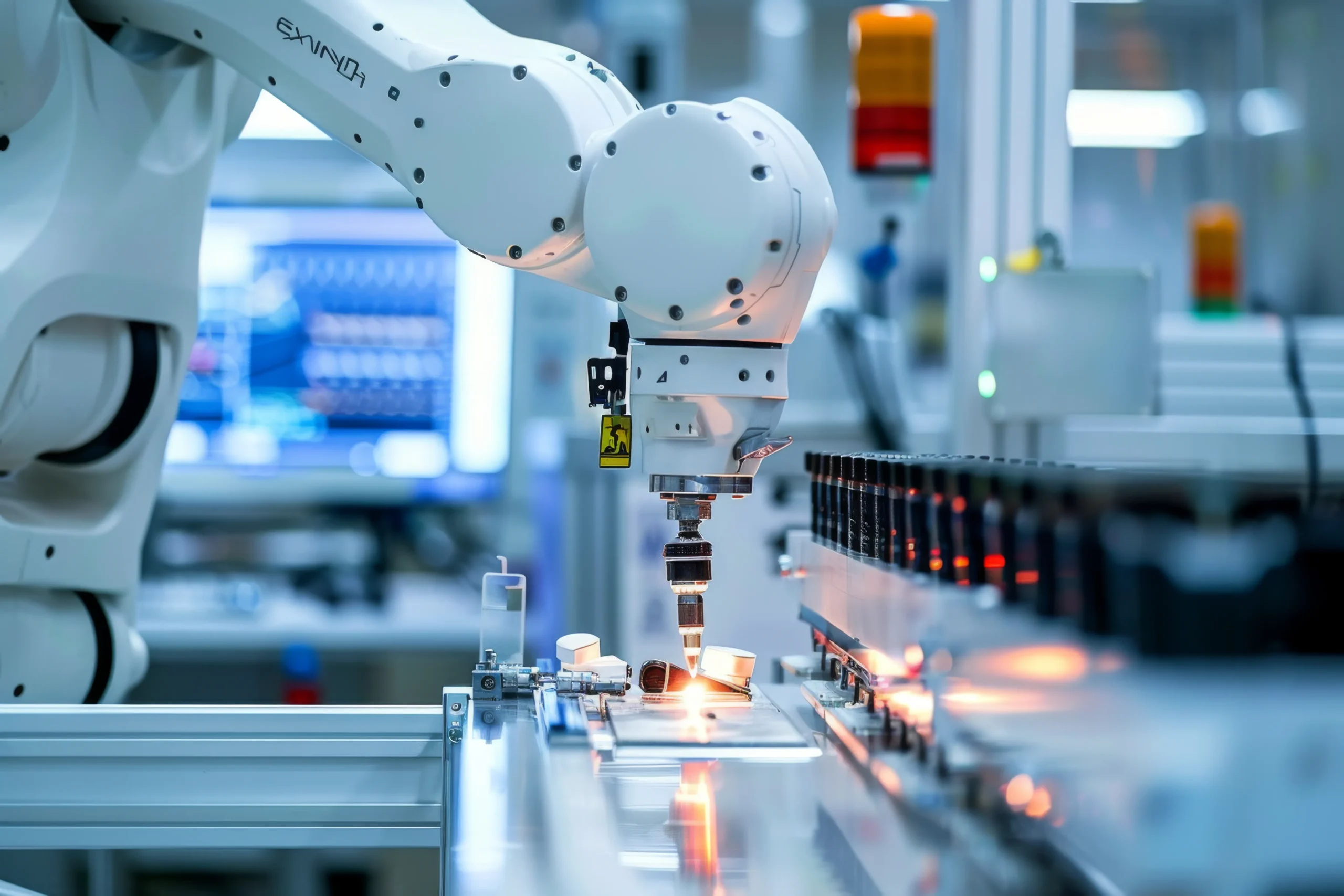

PIMA & AVEVA™ at Pharma Pro & Pack Expo 2025: Smart Pharma Automation


AVEVA™ Operations & Control Launch in Visakhapatnam


Empowering Pharma 4.0: How Pima and AVEVA™ Deliver a Smarter, Connected Manufacturing Ecosystem


From Data Chaos to Clarity: The Role of AVEVA™ PI in Achieving Pharma 4.0 Excellence


Smart Alerts in IIoT: Proactive Maintenance for Seamless Operations


Energy Efficiency in Manufacturing: Leveraging IIoT for Cost Savings


Predictive Maintenance in Indian Industries: Reducing Downtime with IIoT Solutions
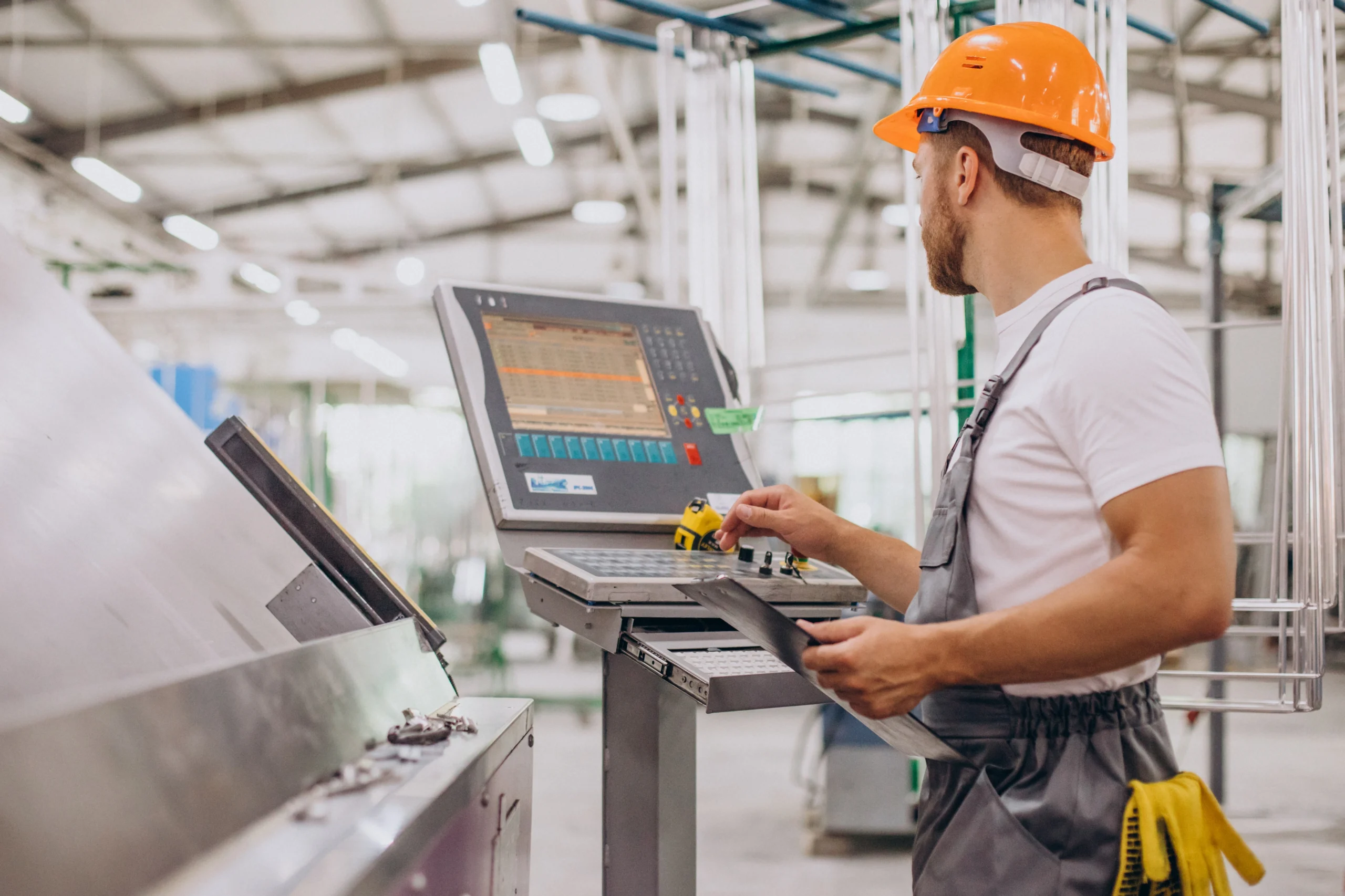

Maximizing OEE: How Real-Time Monitoring Transforms Manufacturing Efficiency


Smart Automation for Textile Machines with LXM28, LXM32, & Modicon M241
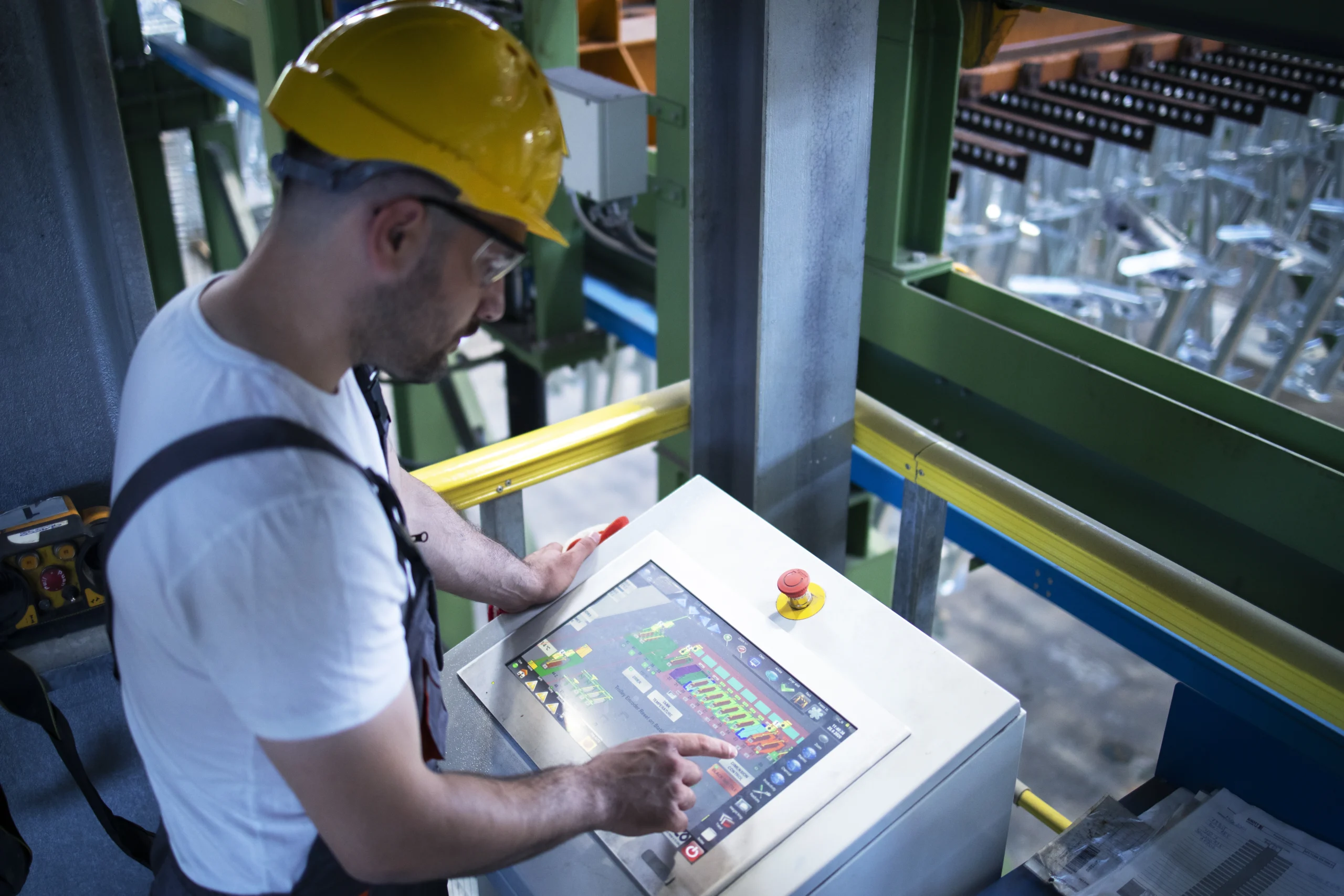

Complete Boiler Automation Using ATS Soft Starters and Modicon Controllers by Pima Contro


Achieving 21 CFR Part 11 Compliance in Pharma Using Harmony HMIs and SCADA Solutions by Pima


Modernize Your Legacy Control Panels: Upgrade to Modicon PLCs with Built-in SCADA Integration
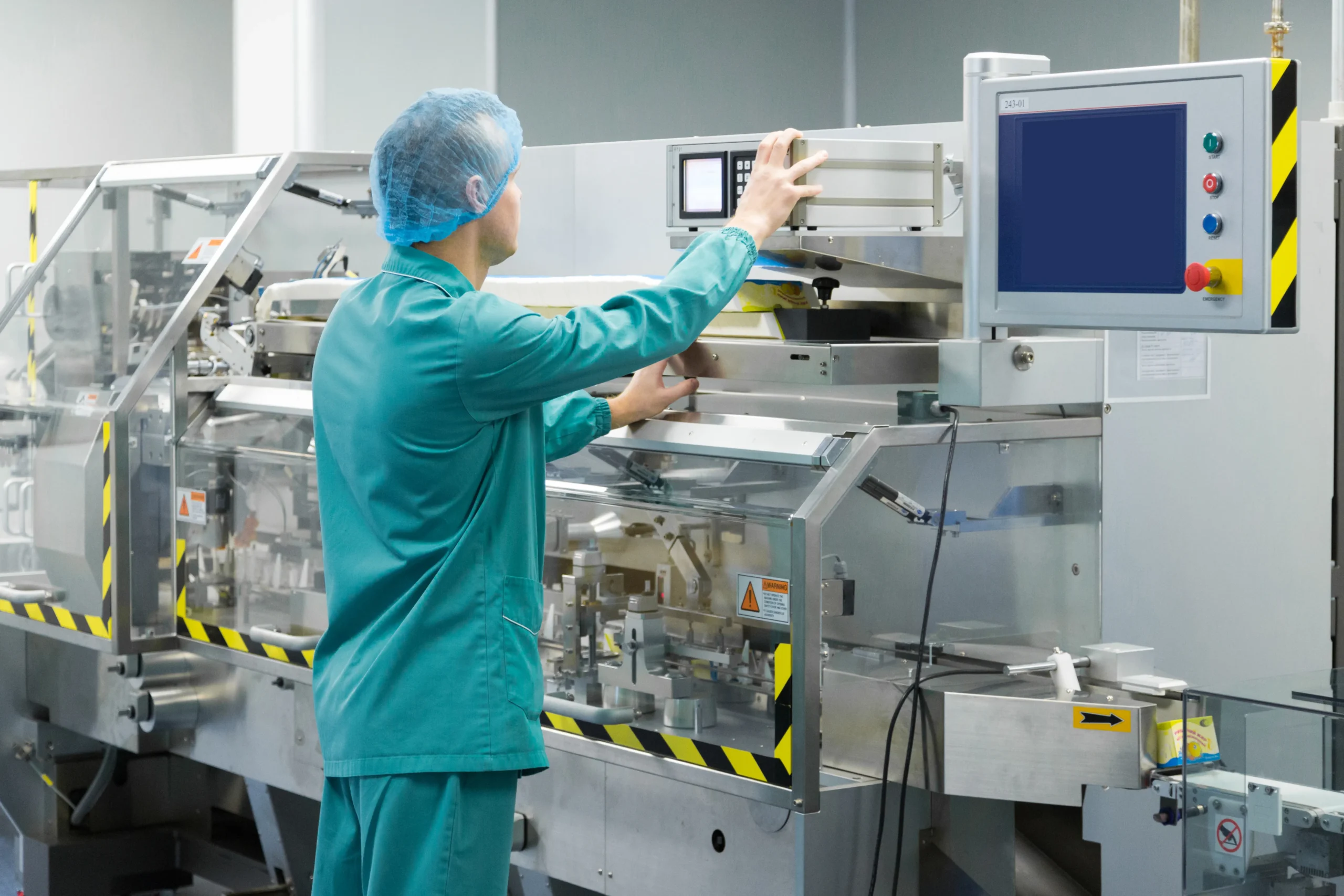

Smart, Scalable, and Compliant: The Future of Pharma Automation with AVEVA™ System Platform


How APFC Panels Save You Lakhs in Electricity Bills


Is It Time to Upgrade Your UPS System? Signs Your Battery Needs Replacement


How to Calculate UPS Capacity for Your Business Needs
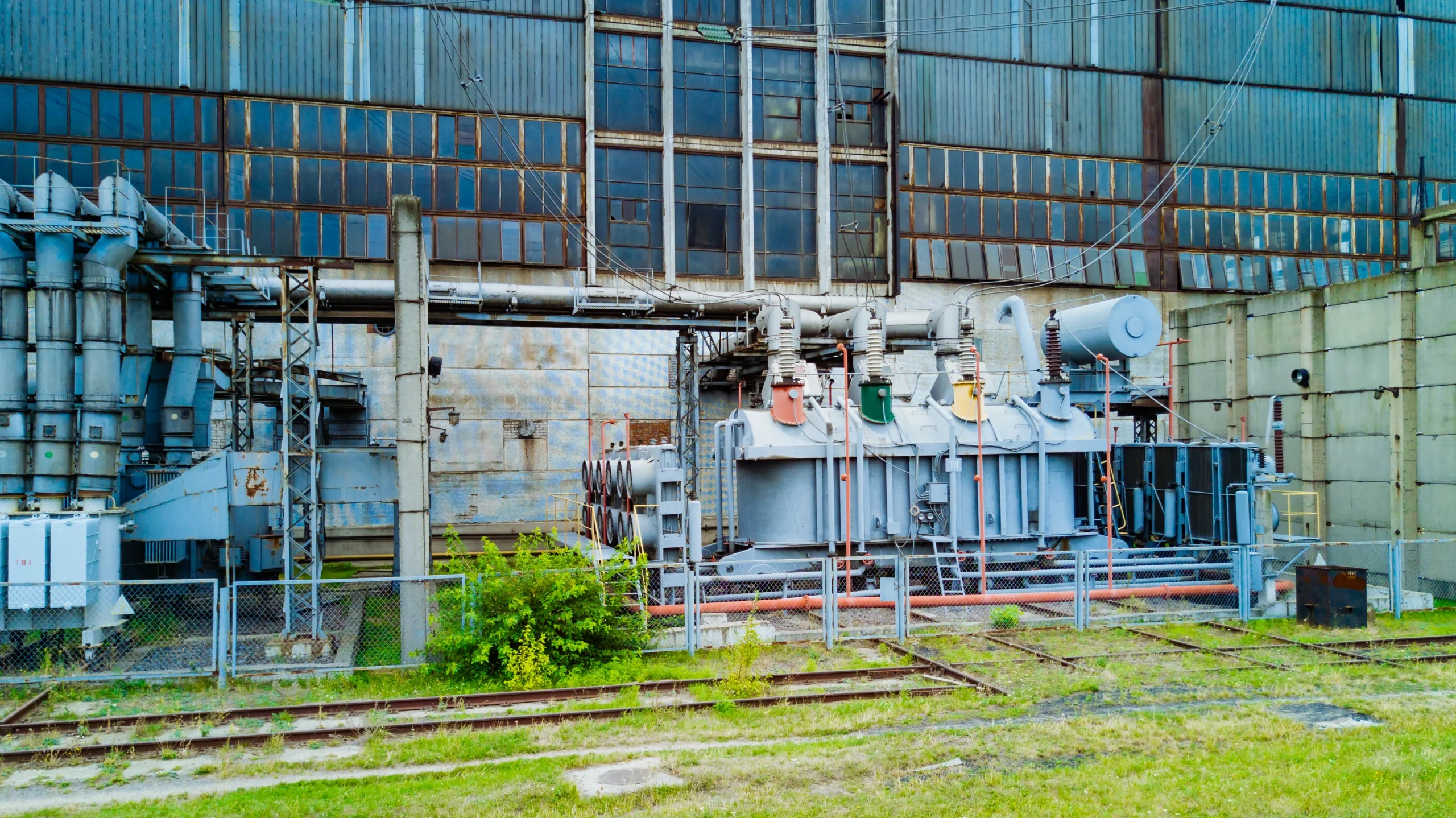

Top Electrical Panel Manufacturer in Gujarat: Find the Best Electrical Panel Suppliers
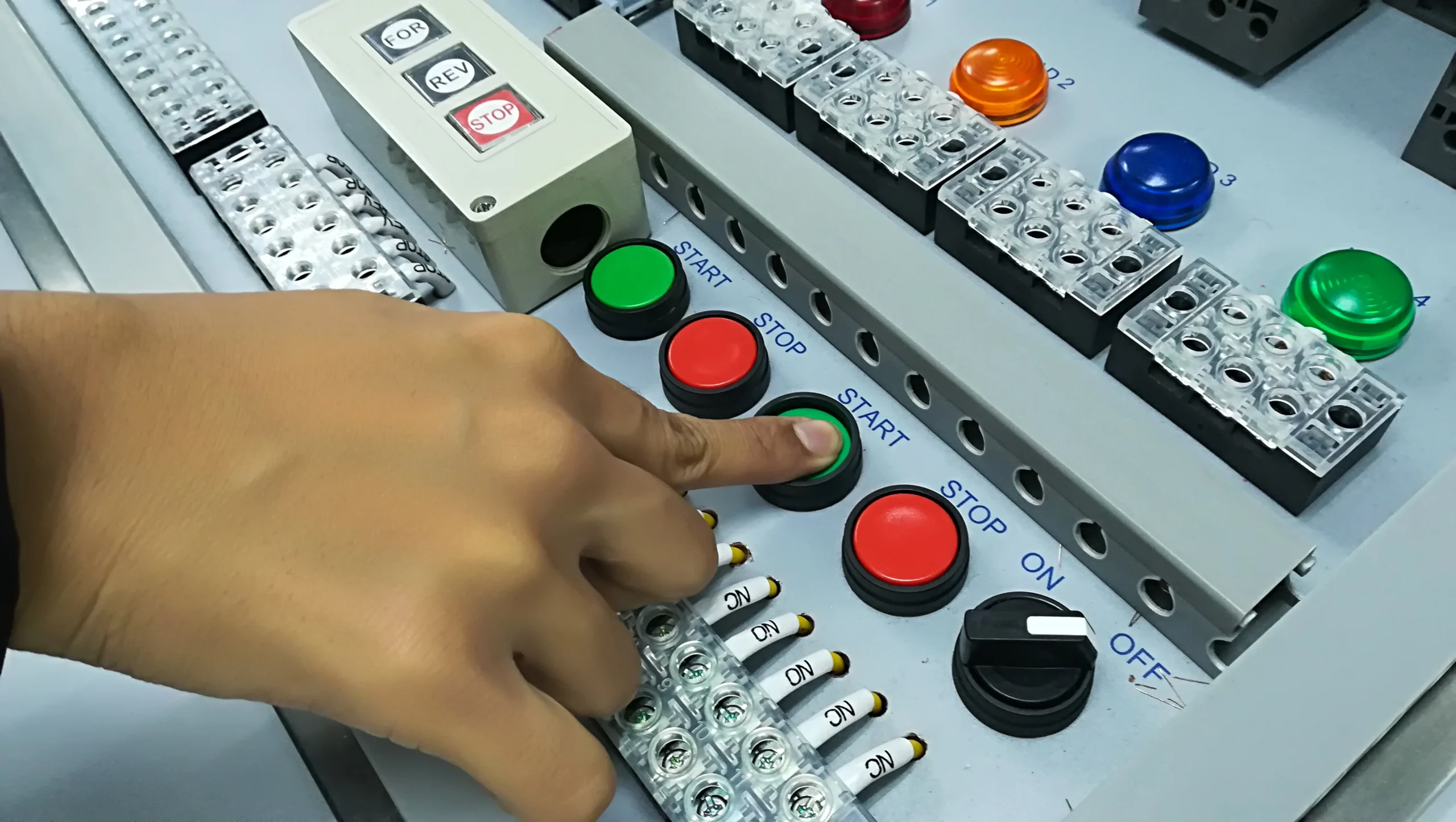

How to Choose the Best UL 508A Control Panels for Industrial Use in USA
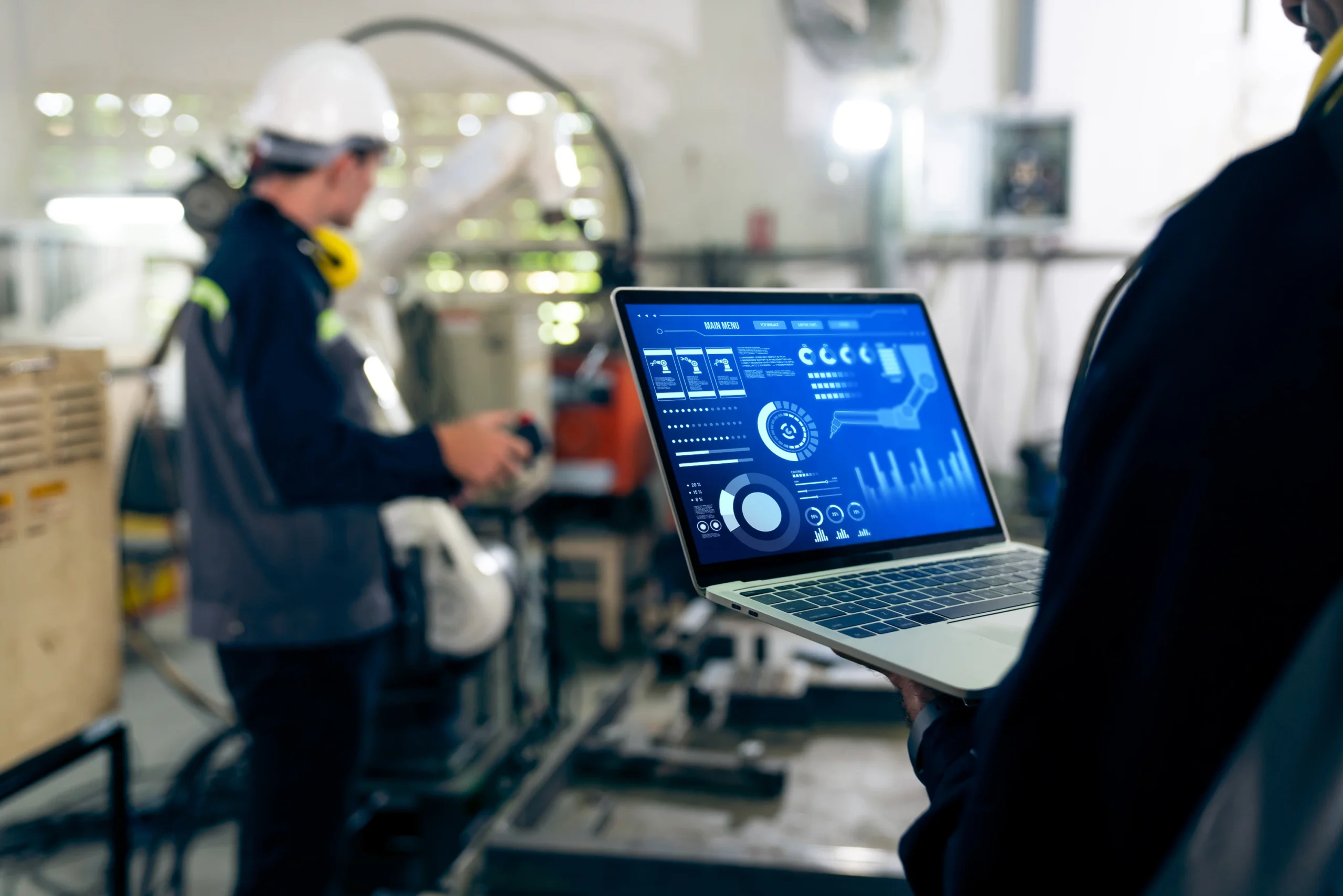

Role of UPS Systems in Automation: Minimizing Downtime and Boosting Productivity


How Automation Transformed CPP Film Manufacturing
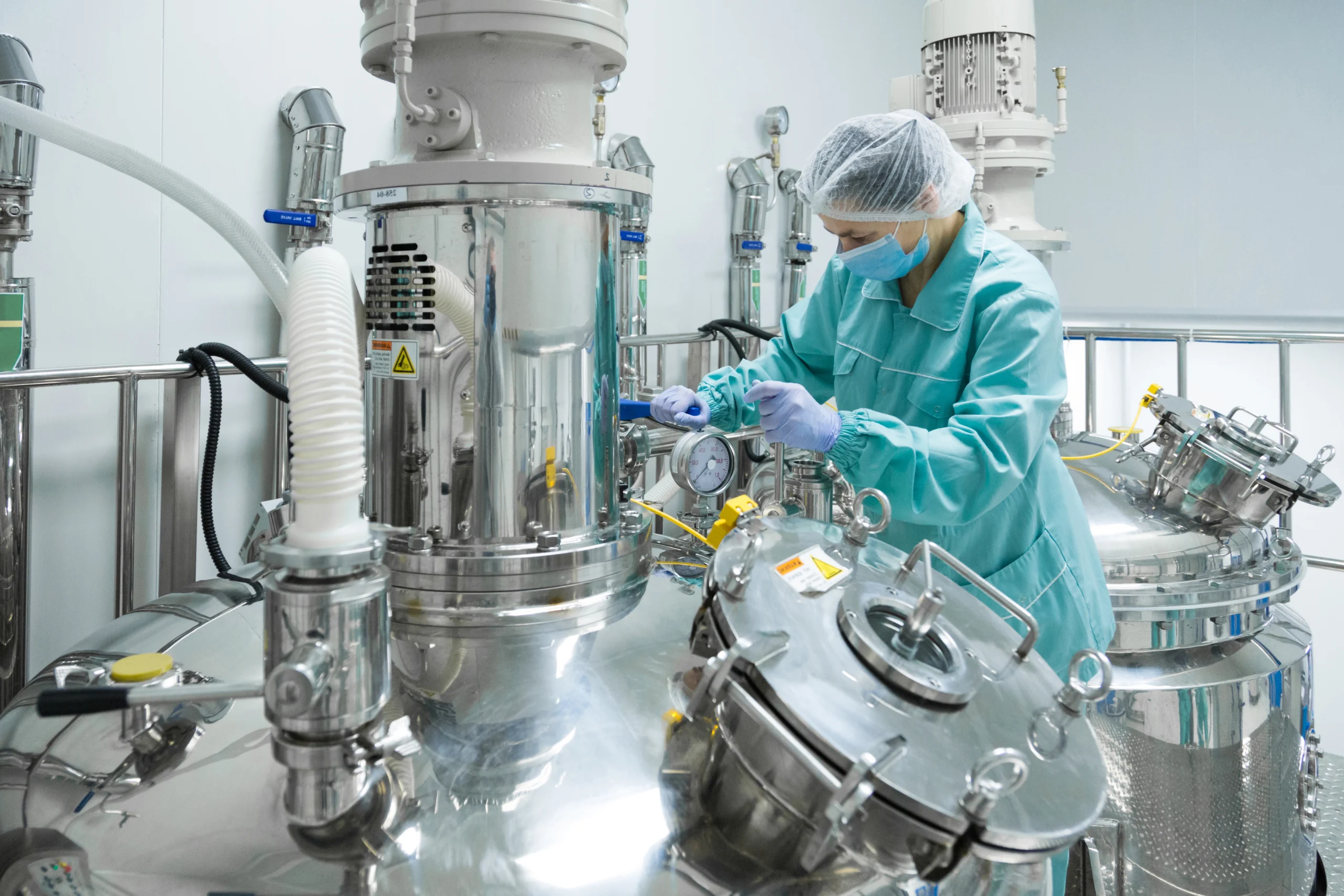

Power Reliability in Pharmaceutical Manufacturing with UPS Systems


How UPS Systems Support Manufacturing Processes for Continuous Operations


Securing Industrial Software: Aveva & PIMA’s Commitment to Safety and Compliance


How PIMA’s FEED Services Help Industries Plan Better


Plywood Factory Expansion: Seamless Brownfield Project by PIMA


How Automation Transformed a 100 KLD Reverse Osmosis Plant
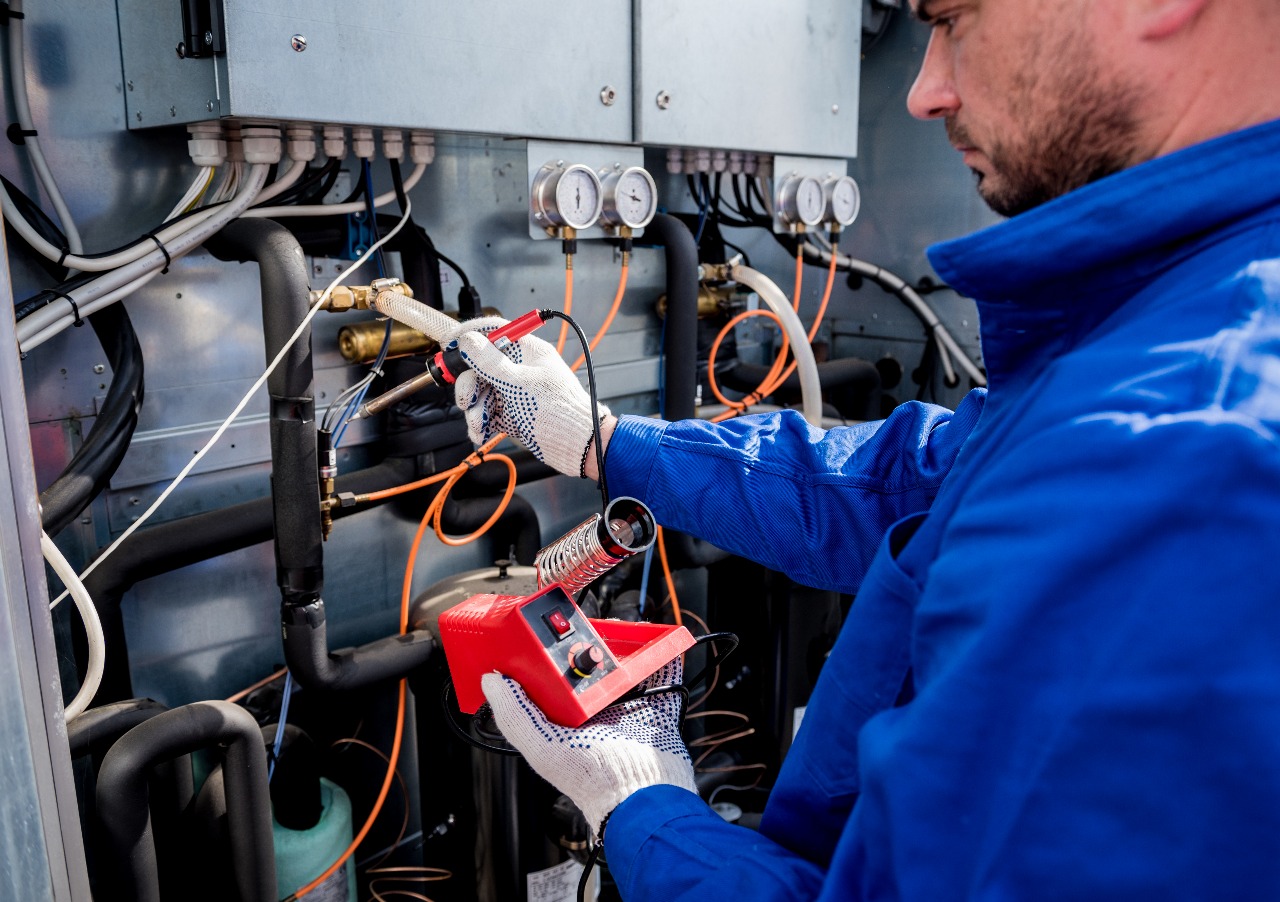

How PIMA Solves Allen Bradley Drive Issues
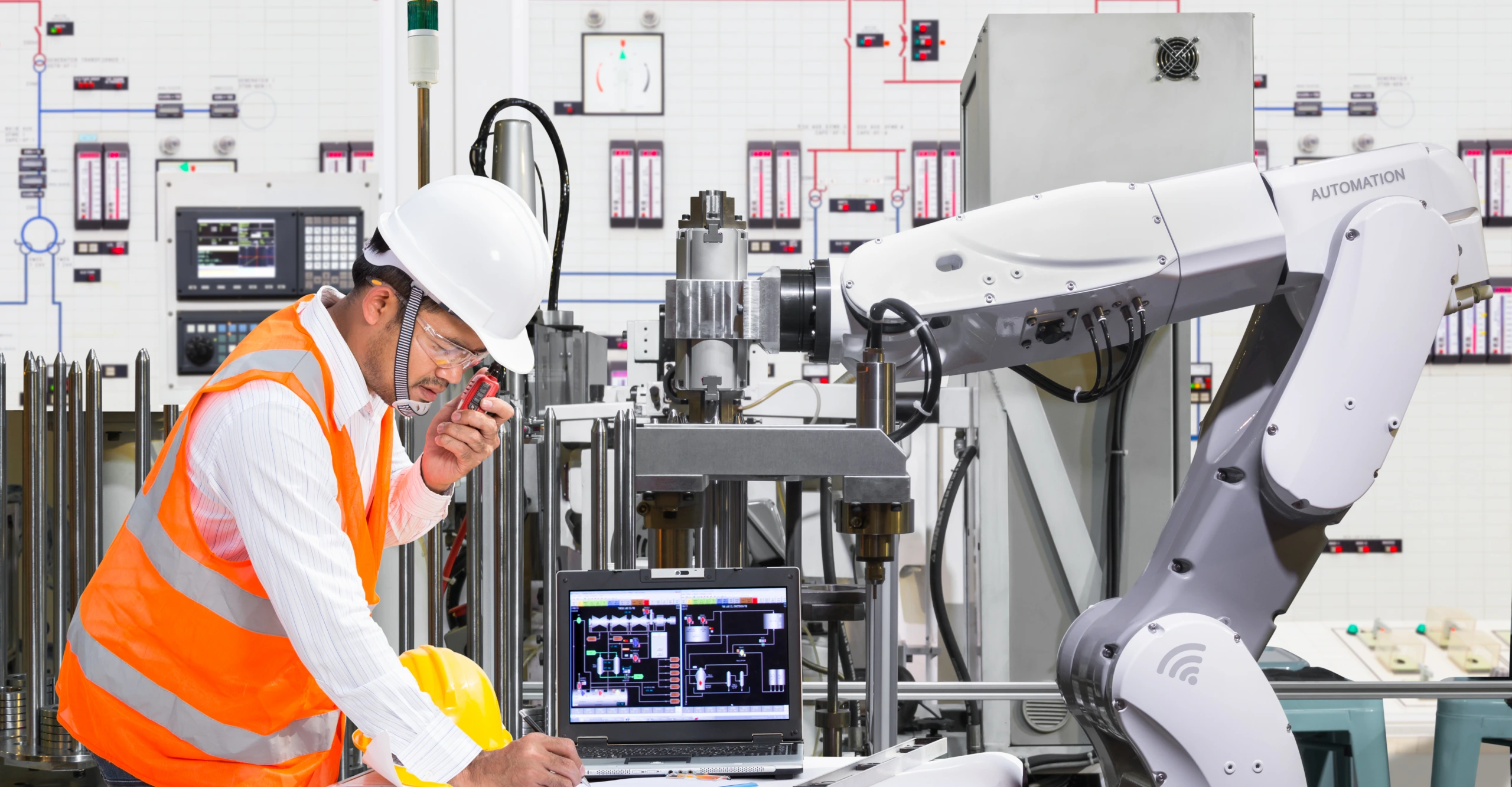

Transforming Manufacturing in South India with PIMA and AVEVA Solutions
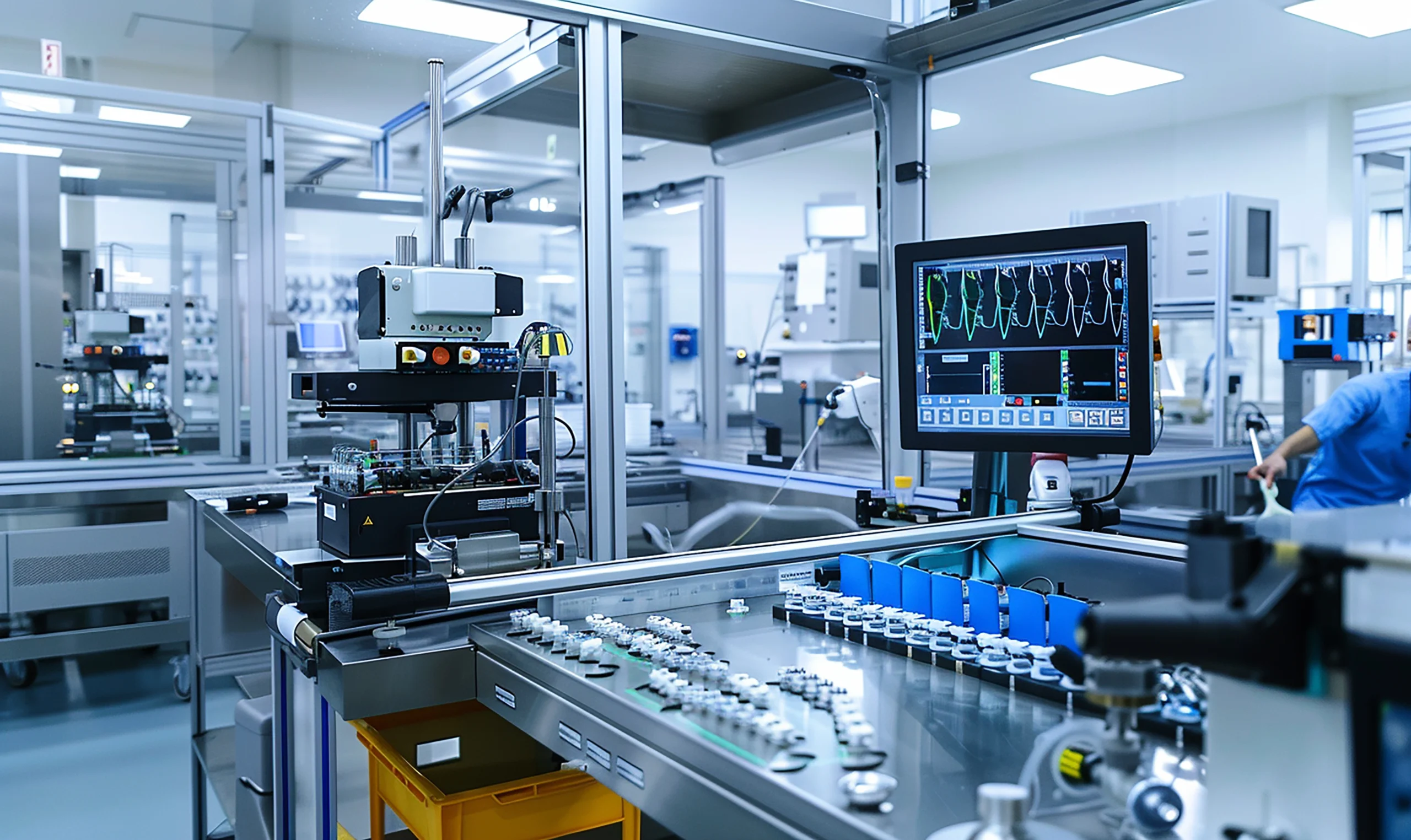

Setting the standard in tablet press process data to accelerate production setup


PIMA – Advanced Process Control & Automation Solutions


PIMA – Comprehensive Plant Engineering Services
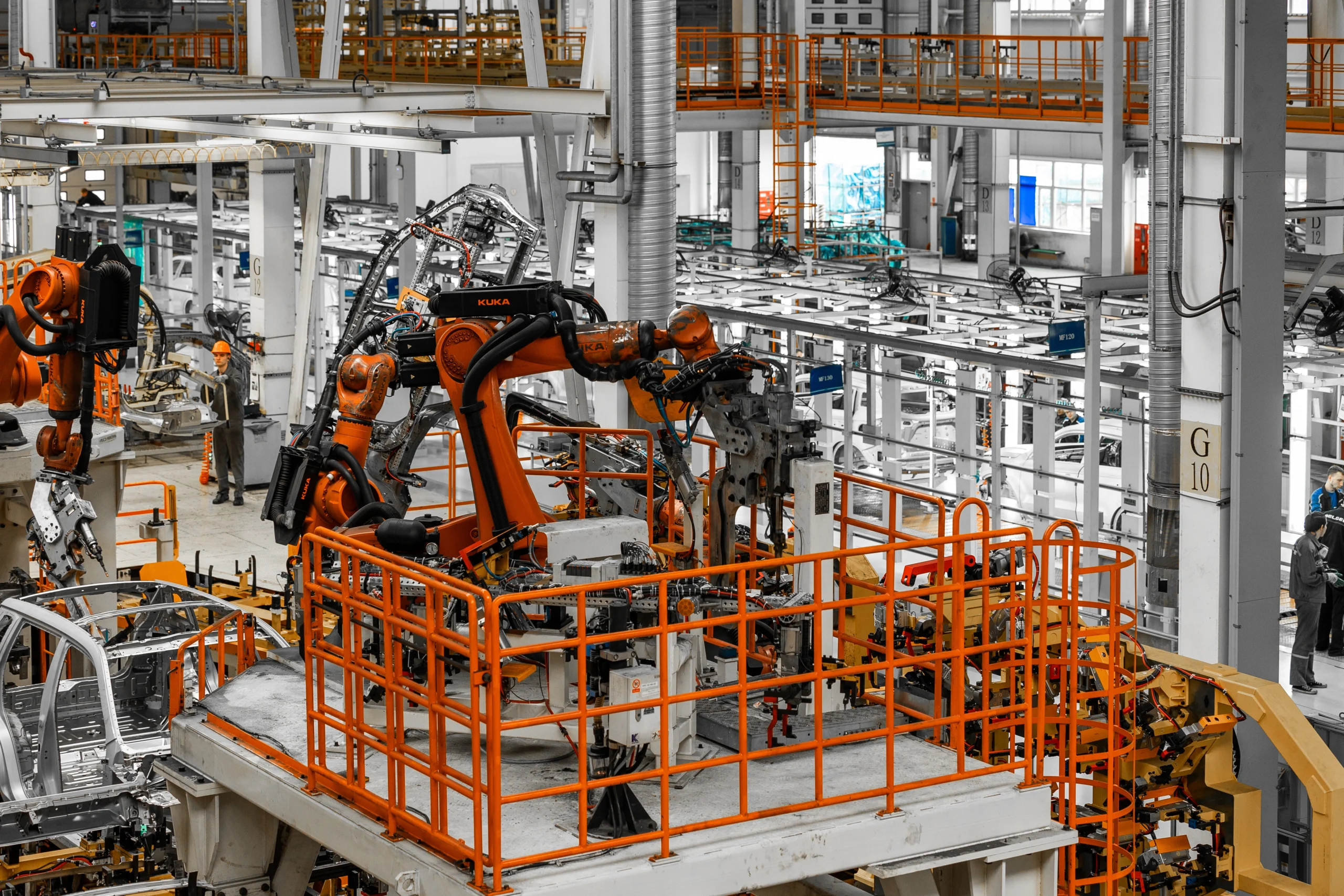

AVEVA provides MES, operations, and performance improvements to Automotive manufacturing


Optimizing Pharmaceutical Manufacturing in South India with PIMA and AVEVA Solutions
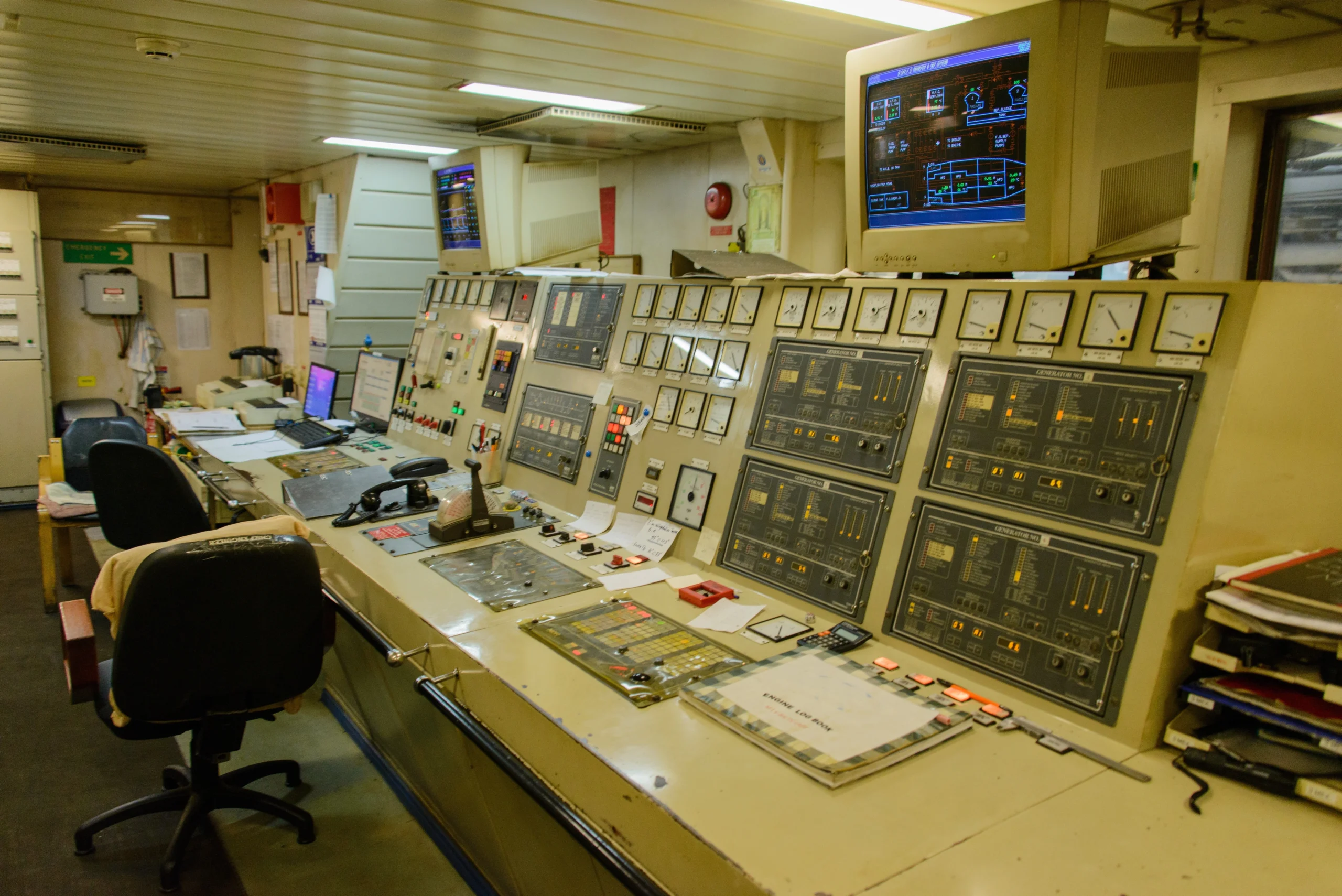

How UL 508A Control Panels Ensure Compliance and Safety in USA Markets
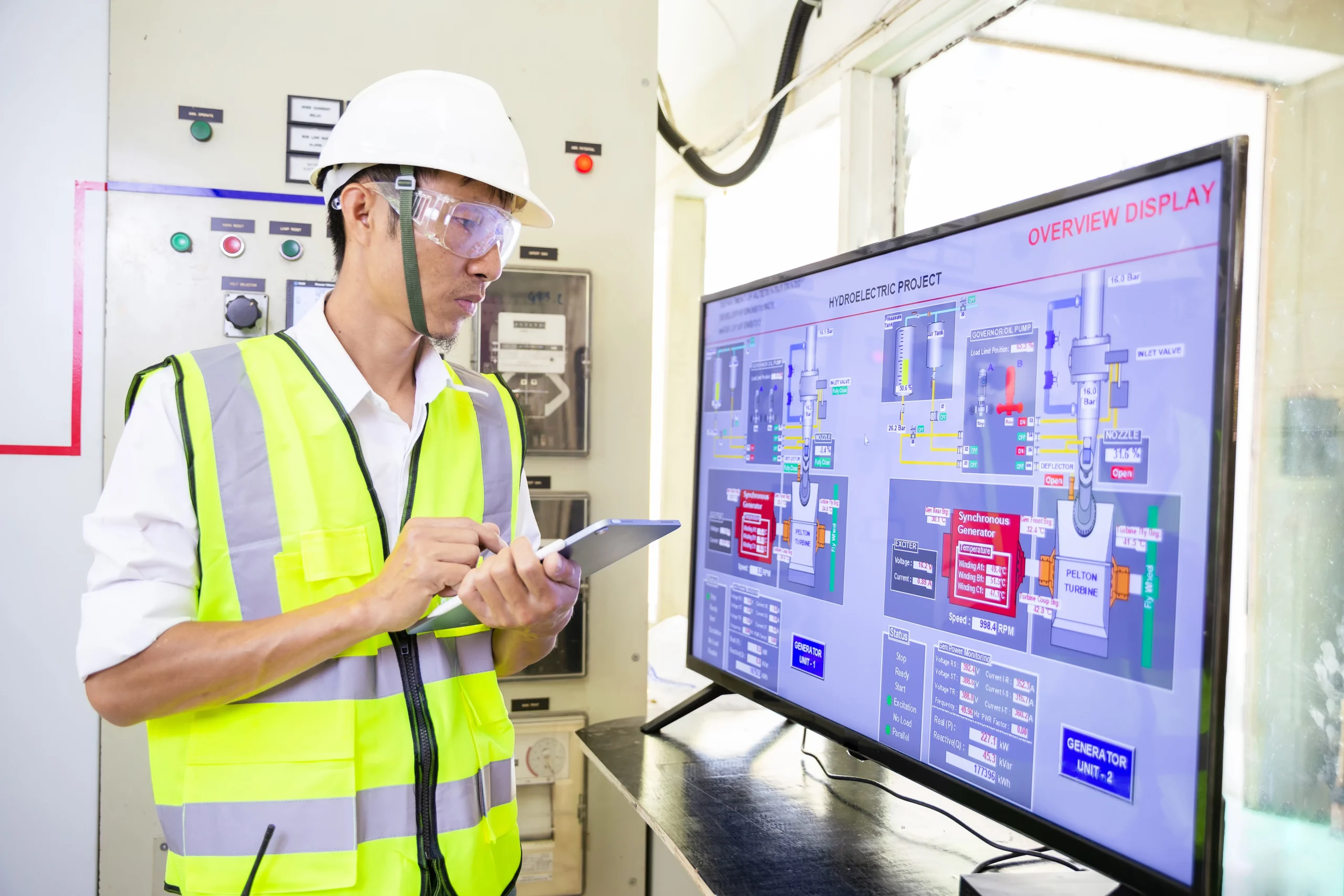

Top 5 Applications of UL 508A Certified Control Panels in Modern Industries


Why UL 508A Certification Matters for Control Panels


Why UL 508A Certification Is Important
